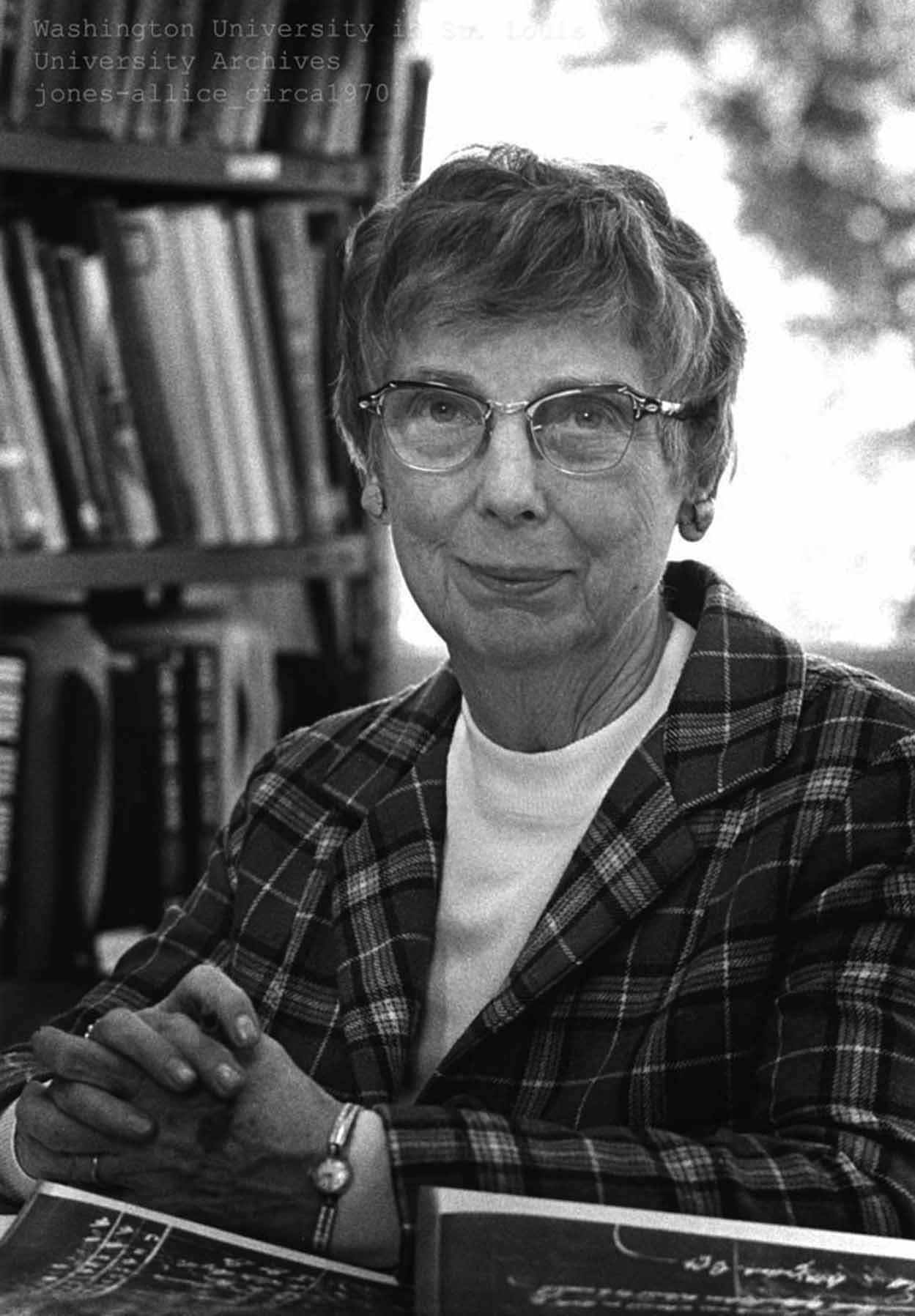The relevant part of that podcast was transcribed here at Contingent magazine.
As my last point, I find these statements from Bellesiles particularly audacious:
They also criticized me for my approach, for including the probate records of the poor. . . . The committee wrote that I clearly examined the probate records I listed, but they criticized me for including the records of very poor people who owned very little.Nothing in the Emory report criticizes Bellesiles for “including the records of very poor people.” In fact, it’s ludicrous to imagine any set of modern American historians disparaging good study of the poor.
What’s the basis of Bellesiles’s description? I suspect it grew from passages like this:
Our concern about his definition of “inventory” was raised first by his conflating of “wills” and “inventories” in his handling of the Providence, Rhode Island inventories. Obviously including wills in the total count of records greatly reduced the percentage of guns in estates, since few wills list guns or any other specific kind of personal property. . . . we think that the extraordinarily low percentages of guns in Professor Bellesiles counts may be a consequence of an unusually broad definition of what constitutes an inventory…Specifically discussing records from Northampton County, Pennsylvania, the report found Bellesiles’s “results (only 5 guns in 39 inventories) are so at odds with hers [Alice Hanson Jones’s] (5 in 21 inventories). Apparently his definition of an inventory was broader than hers.”
Alice Hanson Jones (1904-1985, shown above) was an economic historian who worked for the U.S government and taught at Washington University in St. Louis. Her magnum opus was Wealth of a Nation to Be: The American Colonies on the Eve of the Revolution, supplemented by three volumes of inventory transcriptions, American Colonial Wealth: Documents and Methods.
In assessing who owned what, Jones analyzed only probate files that included inventories of goods. A file might contain no inventory because that paperwork had disappeared, or because the estate didn’t need to be divided or evaluated to settle debts, or because people didn’t think inventorying would be worthwhile since the deceased had so little property. As Jones acknowledged, that last factor meant poor people were less likely to have their estates inventoried. But without an inventory, it’s nearly impossible to say whether a particular person was poor or owned any particular item.
It appears that Bellesiles’s approach was to count probate files with guns listed in inventories and then divide not by all inventoried estates but by all estates. In other words, he lumped all the estates that had no inventories in with those that had inventories but no guns—in effect, assuming that every dead person not explicitly found to have owned a gun didn’t own one. As the report found, that method “greatly reduced the percentage of guns in estates.” It raised the number of poor people reflected in the data, but with no way of knowing which of the added people were poor or were gun-owners.
I see no evidence that in his articles, book, and responses to the Emory committee Bellesiles ever cited the need to include poor people’s estates as the reason for counting as he did. The Emory committee therefore had no reason to criticize Bellesiles “for including the records of very poor people,” and they didn’t. Instead, those senior historians criticized the approach behind Arming America as badly defined, not clearly explained to readers, liable to error, and impossible to trace back.
To me this aspect of Bellesiles’s response to the Emory report looks like not only denial of the problems inherent in his approach, but an attempt to tar the committee members as snobbish and unconcerned about poor people.

Well put, John, I certainly wouldn't want to be a self-justifying sloppy historian with YOU on my tail!
ReplyDeleteBTW kudos for putting Alice Hanson Jones in the spotlight, my impression from McCusker & Menard is that she did very solid, important, work--she was a woman economic historian who may not have gotten her full due.
Would be interesting for us all to learn more about her life and career if you are looking for topics for future blog posts...
This is the post that inspired the whole series because when I heard Bellesiles make that remark (twice!) in the interview, I needed to figure out what he could possibly be talking about.
ReplyDeleteAs for Alice Hanson Jones, her work has become standard data for so many more economic and social historians that I think she'll be cited longer than a lot of her contemporaries. I'd never looked at her career before, so I don't know what sources are out there.
Oh, dear. Michael Bellesisles; the Milli Vanilli of academia.
ReplyDeleteI am doing some research on English High School of Boston (c. 1821). I wonder if any of the first students were Black since it was near their district. EHS was intended to serve disadvantaged boys.
ReplyDeleteAt the time Boston established its English High School, it was funding an “African School” for black students. Eventually that was upgraded to the Abiel Smith School. I therefore doubt the system arranged for its new English High School to be racially integrated. But my research into Boston’s schools has been all about the 1700s.
ReplyDelete